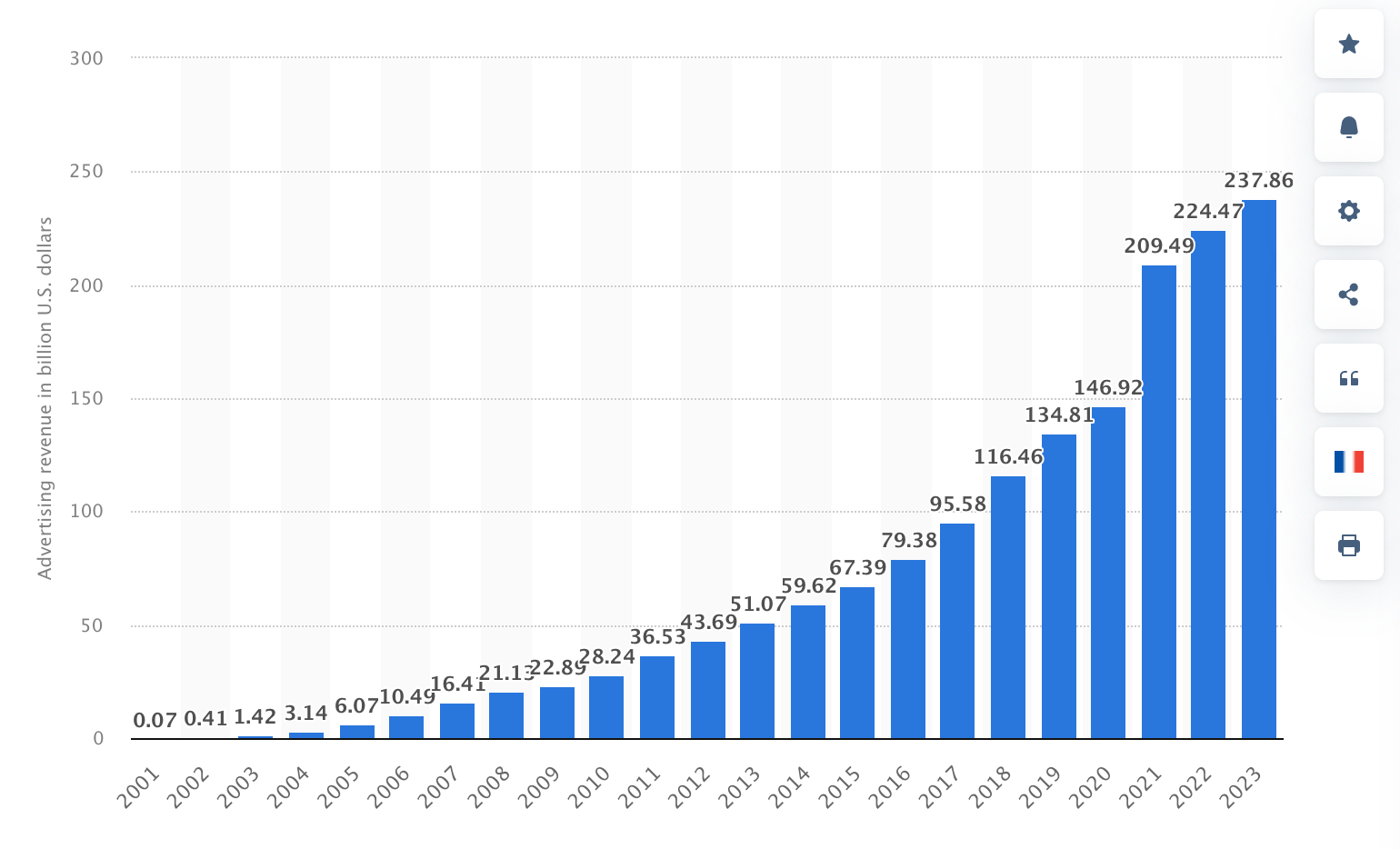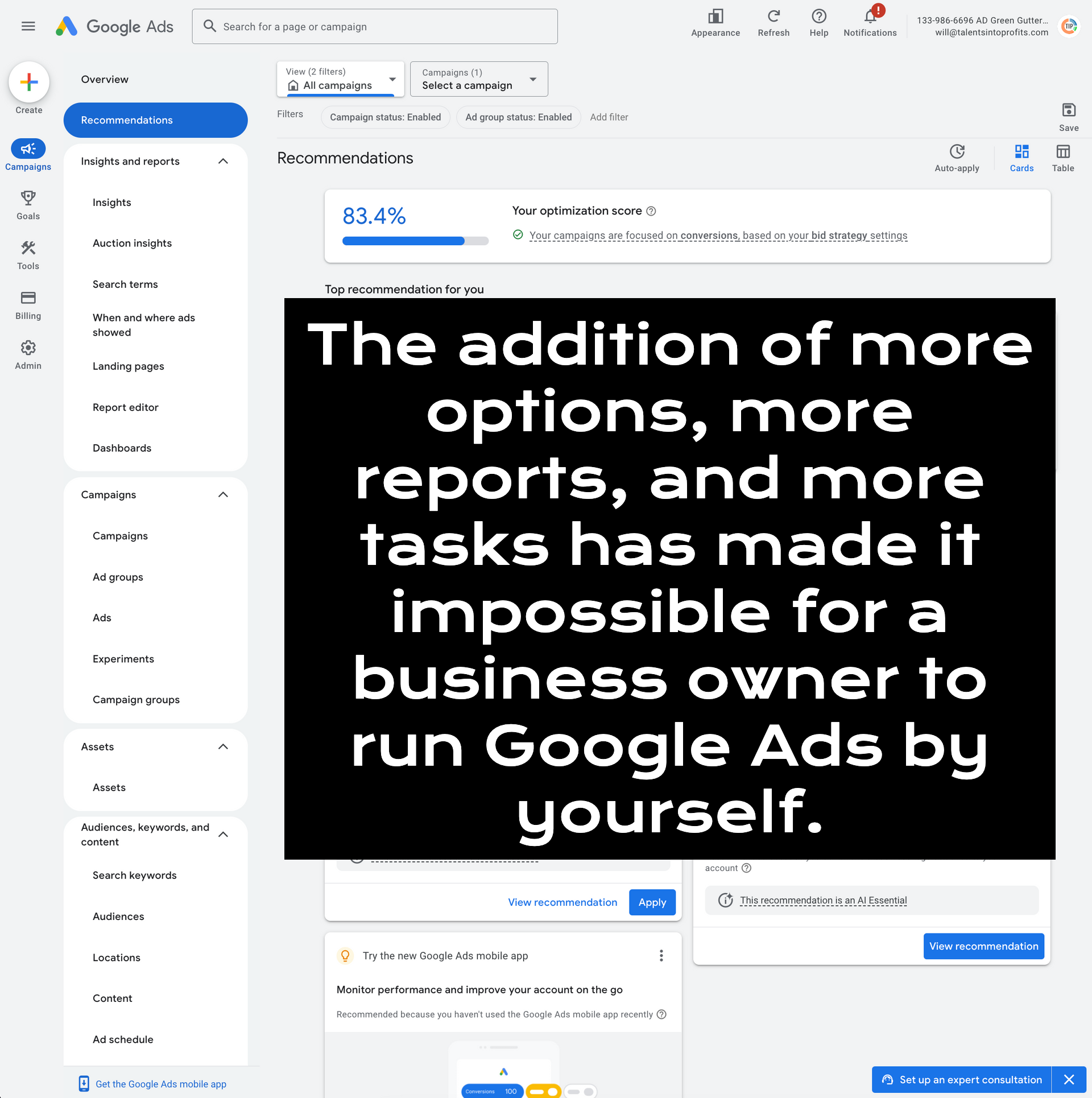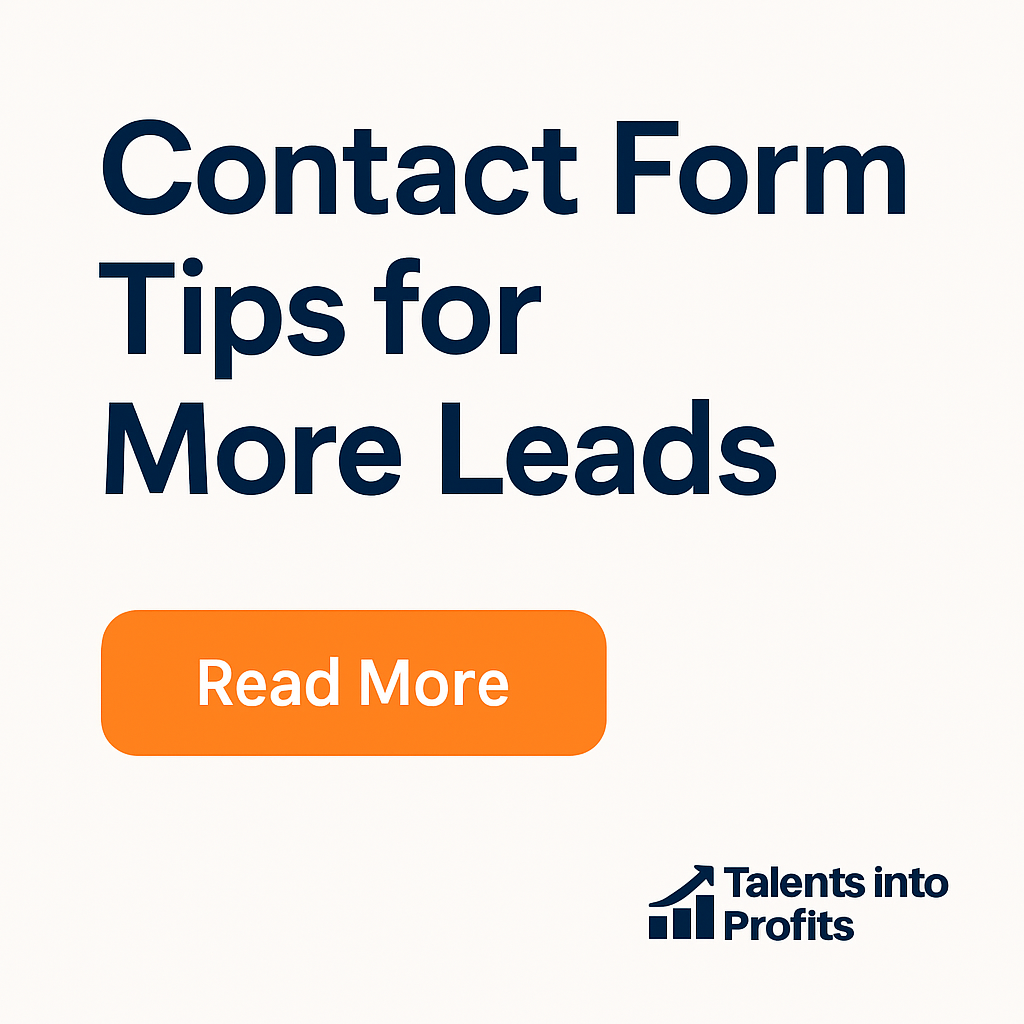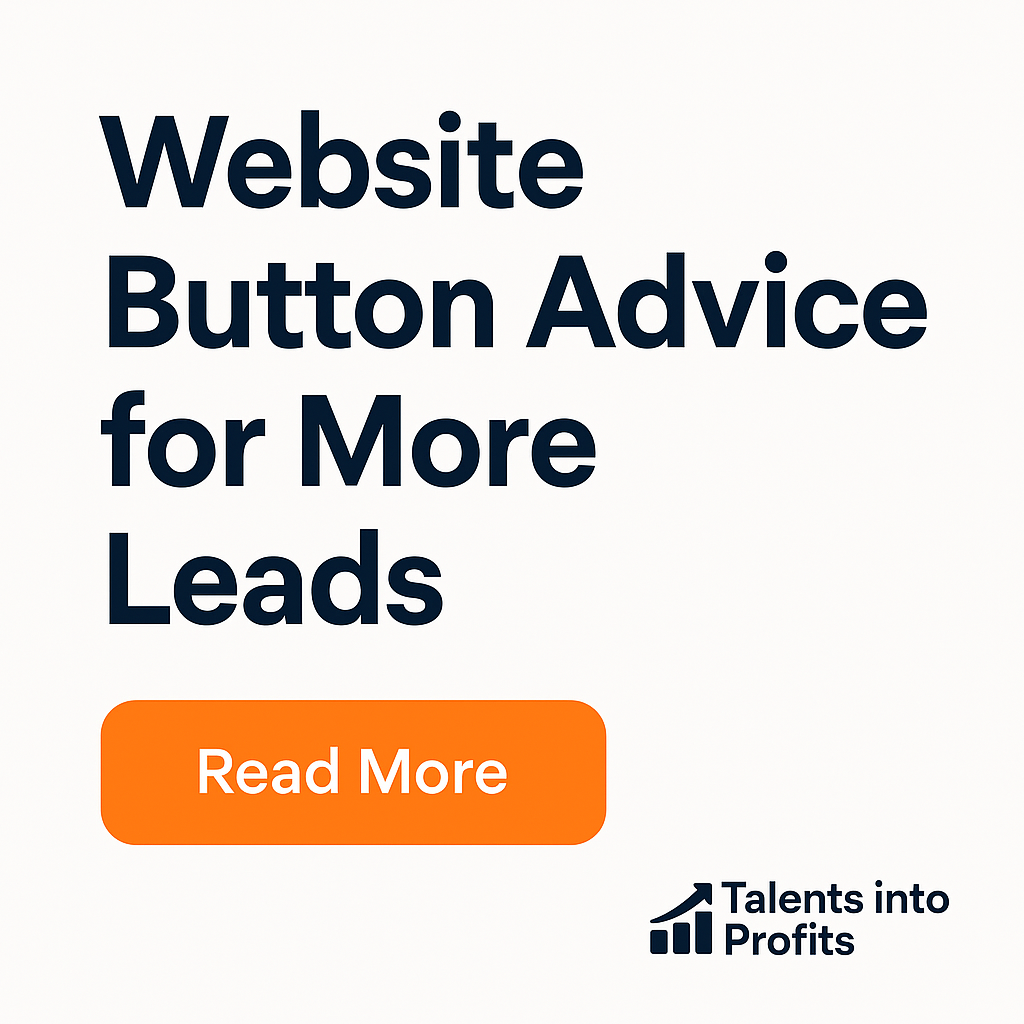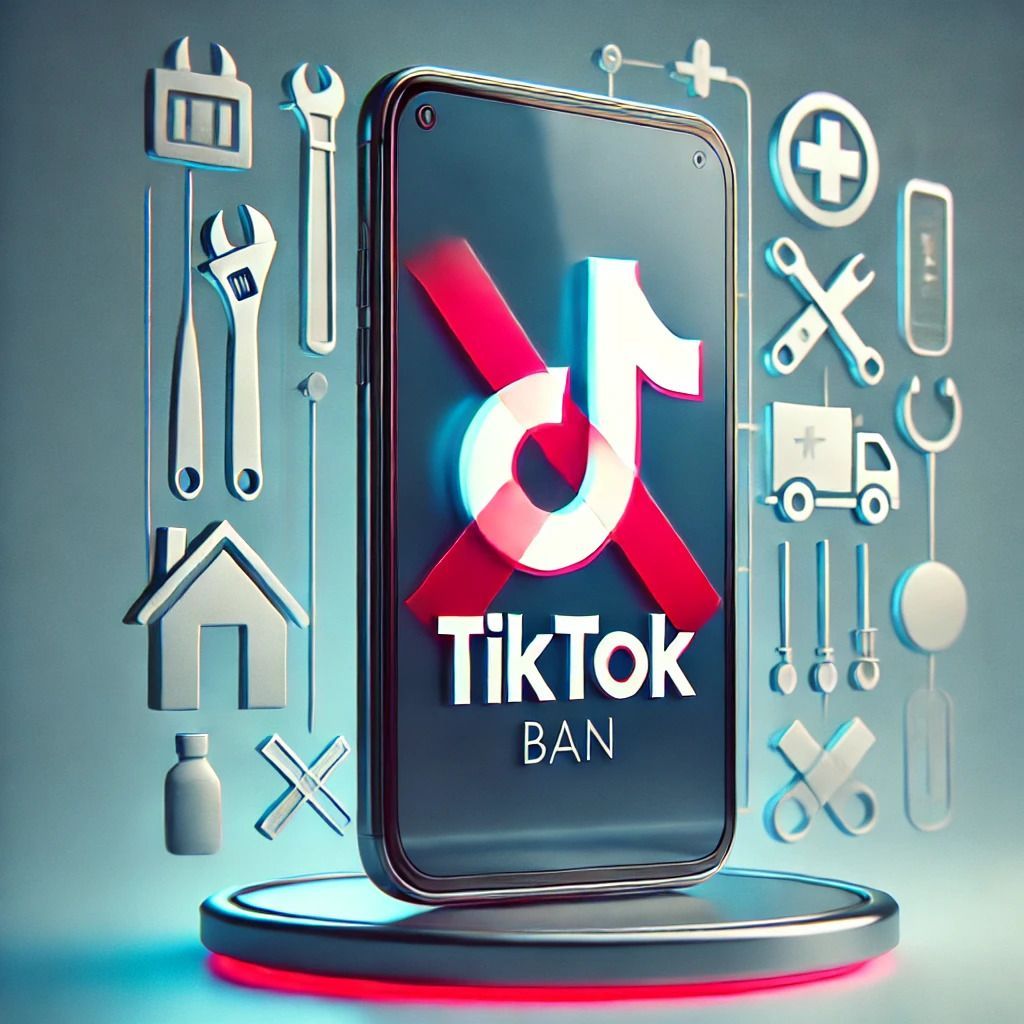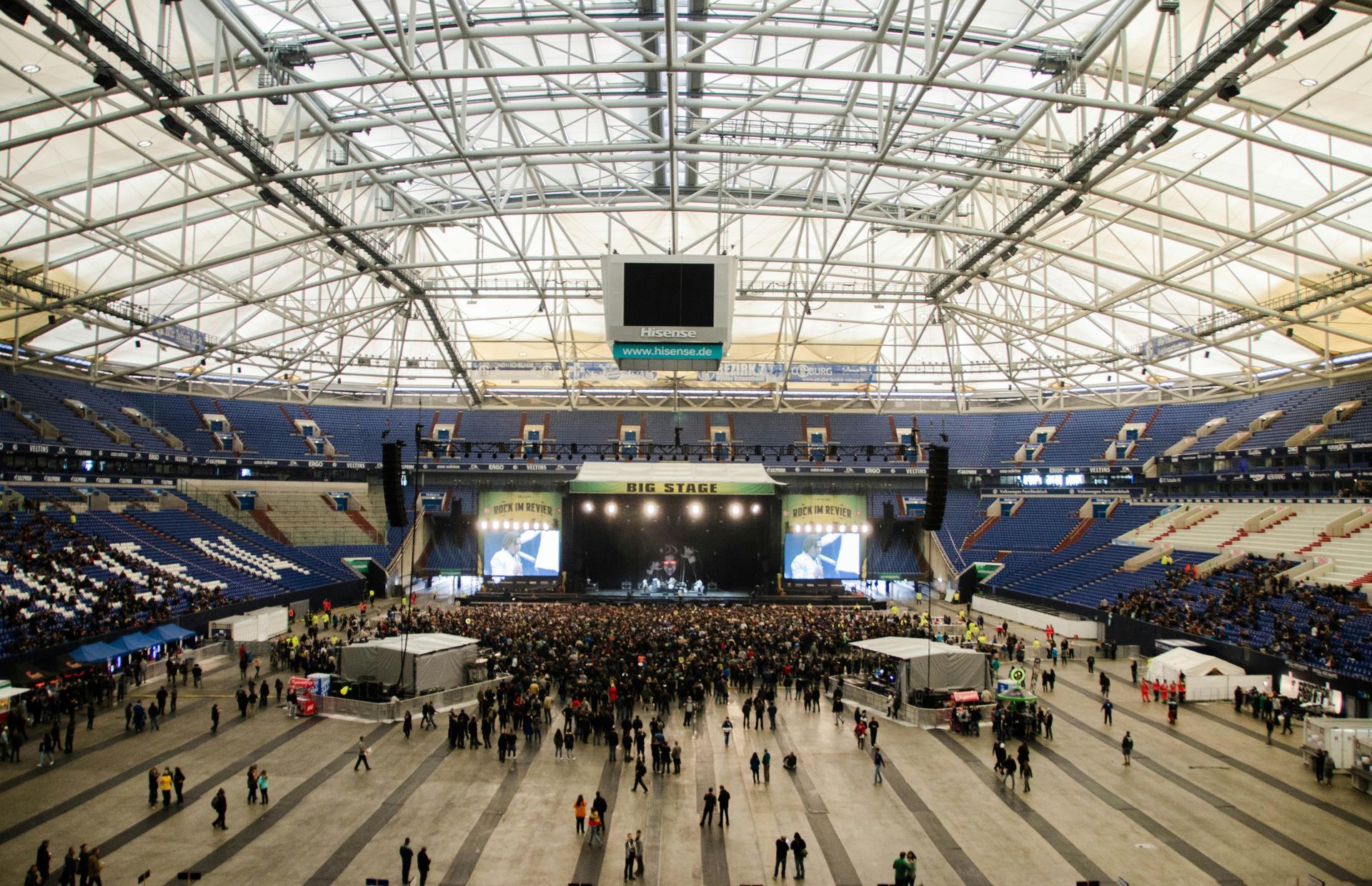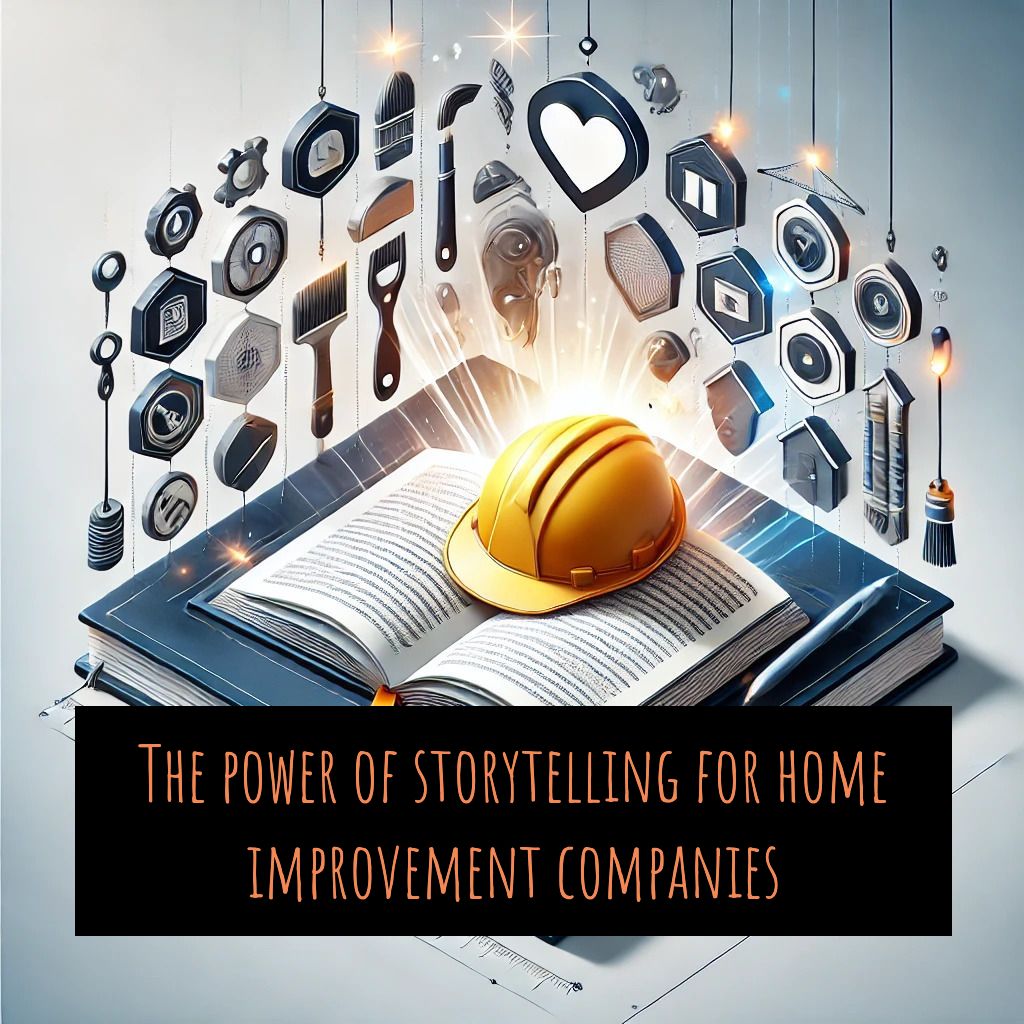Why Is Google Ads Costing More Per Click? The Scoop For Home Services Companies
Let’s face it—Google Ads aren’t exactly a bargain anymore. You’re trying to get more leads, yet every time you blink, it seems the cost per click (CPC) keeps climbing. Well, there's a lot happening behind the scenes, and we’re here to peel back the curtain so you can understand what’s driving up those costs—and what you can do about it.
Whether you’re in the gutter, HVAC, roofing, plumbing, restoration, or general contracting business, this is an article you need to read to understand how to keep those marketing dollars working for you. So grab a cup of coffee, and let's break it down.
What is CPC, and Why is it Important?
CPC, or Cost Per Click, is a pricing model used in Google Ads where advertisers pay each time someone clicks on their ad. It’s one of the most important metrics for advertisers because it directly impacts the cost-effectiveness of their advertising campaigns. The lower the CPC, the more clicks you can afford and ideally, the more leads you can generate within your budget.
Companies bid on keywords to increase their ad rankings on Google, influencing their CPC. Higher bids can lead to better ad placement, giving your business more visibility at the top of the search results. By securing these top spots, companies often see higher click-through rates (CTRs) and, ultimately, more potential conversions. However, a high CPC can quickly eat into your marketing budget if not managed effectively, making it crucial to strike the right balance between cost and ad placement.
There are three different types of Google Ads you can run; Google CPC ads, Google Smart Campaigns, and Google Local Service Ads. Here’s a brief overview of each and how they differ.
Types of Google Ads: CPC Ads, Smart Campaigns, and Local Service Ads
You can run three different types of Google Ads; Google CPC Ads, Google Smart Campaigns, and Google Local Service Ads. Here’s an overview of each and how they differ before we dive into why Google Ads are more expensive.
Google CPC Ads (Cost-Per-Click Ads):
These ads are the most common form of advertising on Google. With CPC ads, you only pay when someone clicks on your ad. This gives you control over your budget since you can set daily limits and bid on specific keywords. CPC ads can appear on the search network, display network, or both, making them highly customizable depending on your goals.
Google Smart Campaigns:
Designed for ease of use, Smart Campaigns are ideal for businesses that want a simple, automated advertising solution. With Smart Campaigns, Google does most of the heavy lifting—it automatically chooses keywords, sets bids, and creates ads based on the information you provide in your Google Business Profile and website. This is a great option if you’re new to digital advertising or don’t have the time to manage complex campaigns.
Google Local Service Ads:
These ads are designed specifically for local service providers, such as plumbers, roofers, or landscapers. Local Service Ads appear at the top of Google search results, displaying your business details like ratings, contact information, and a “Google Guaranteed” badge. With Local Service Ads, you pay per lead instead of per click, making them an effective option for generating direct inquiries from potential customers in your area.
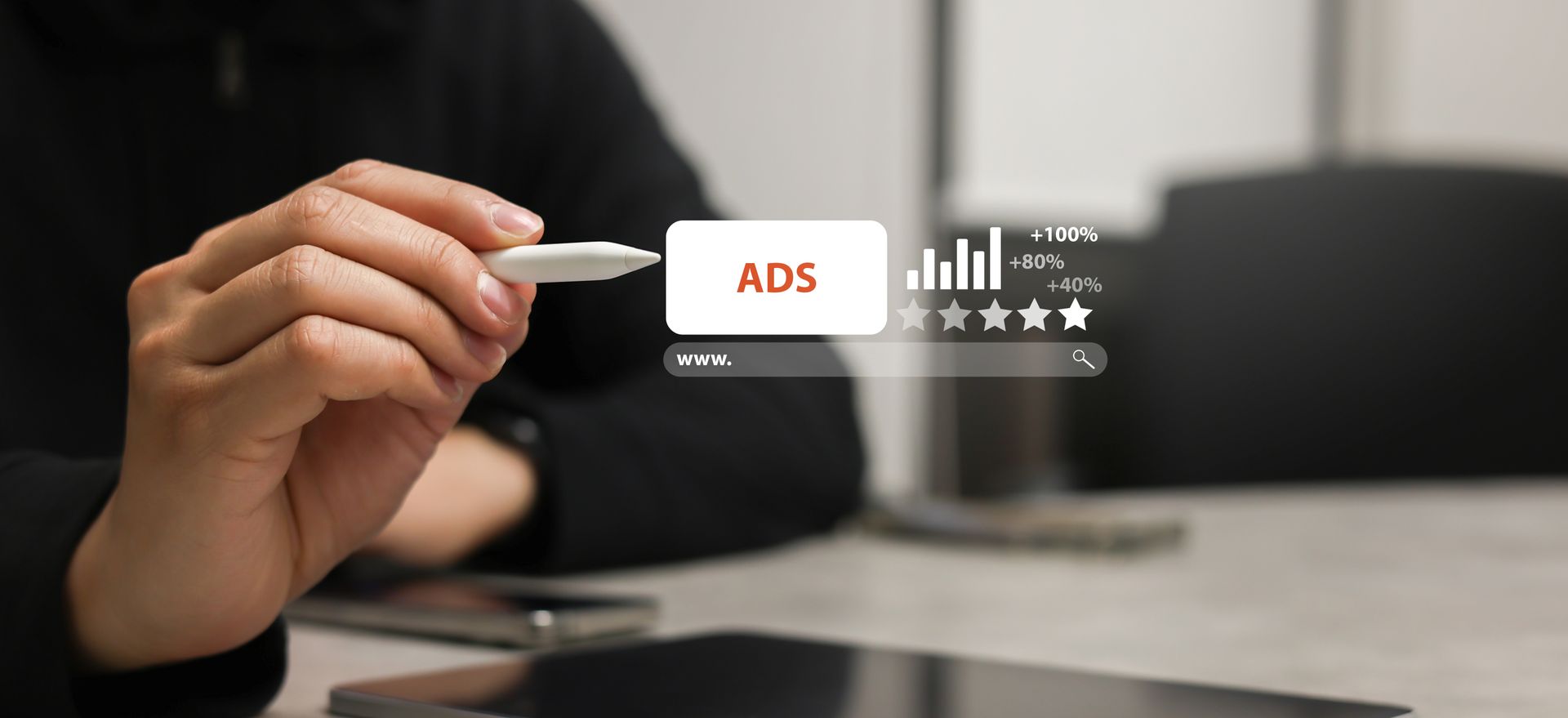
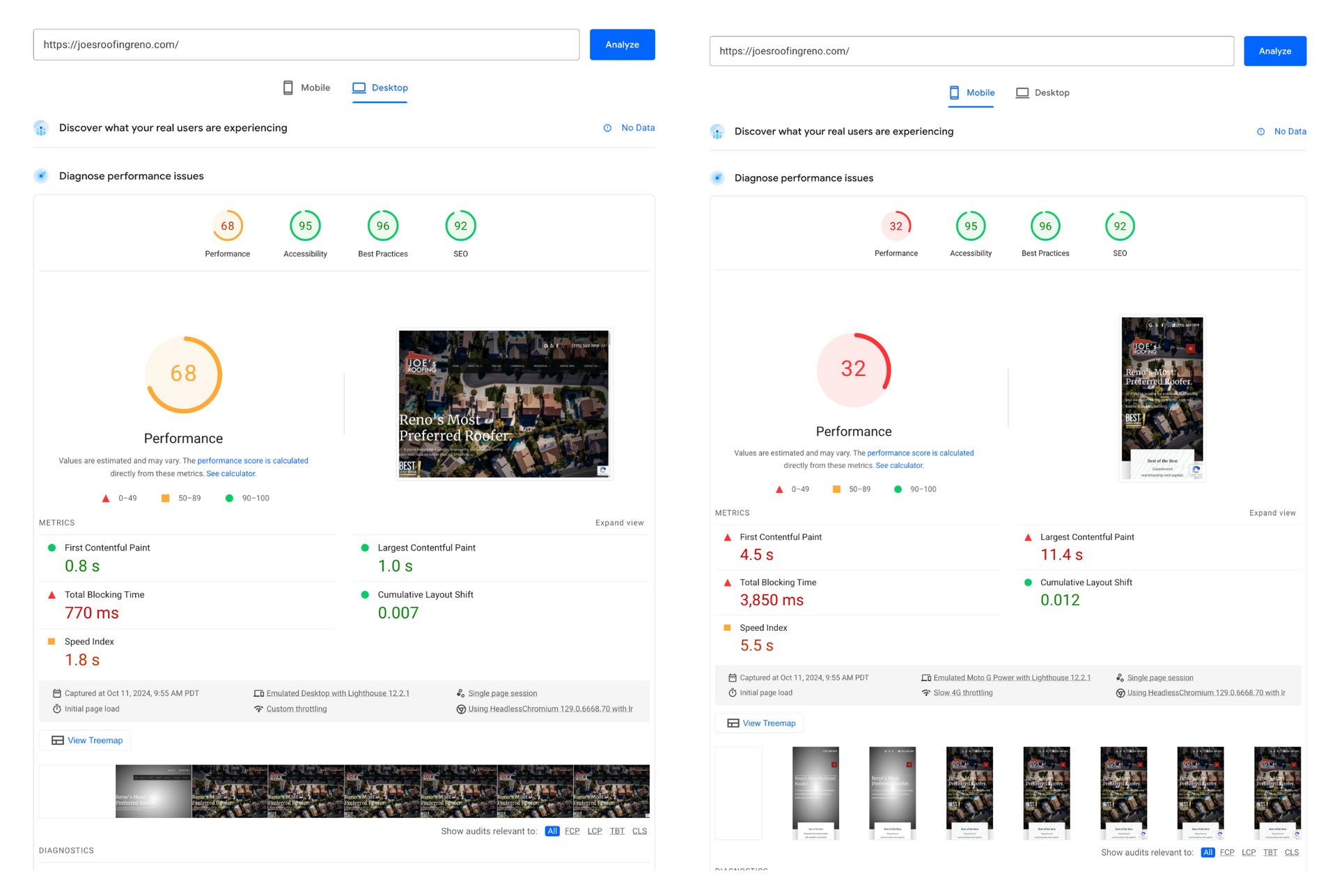
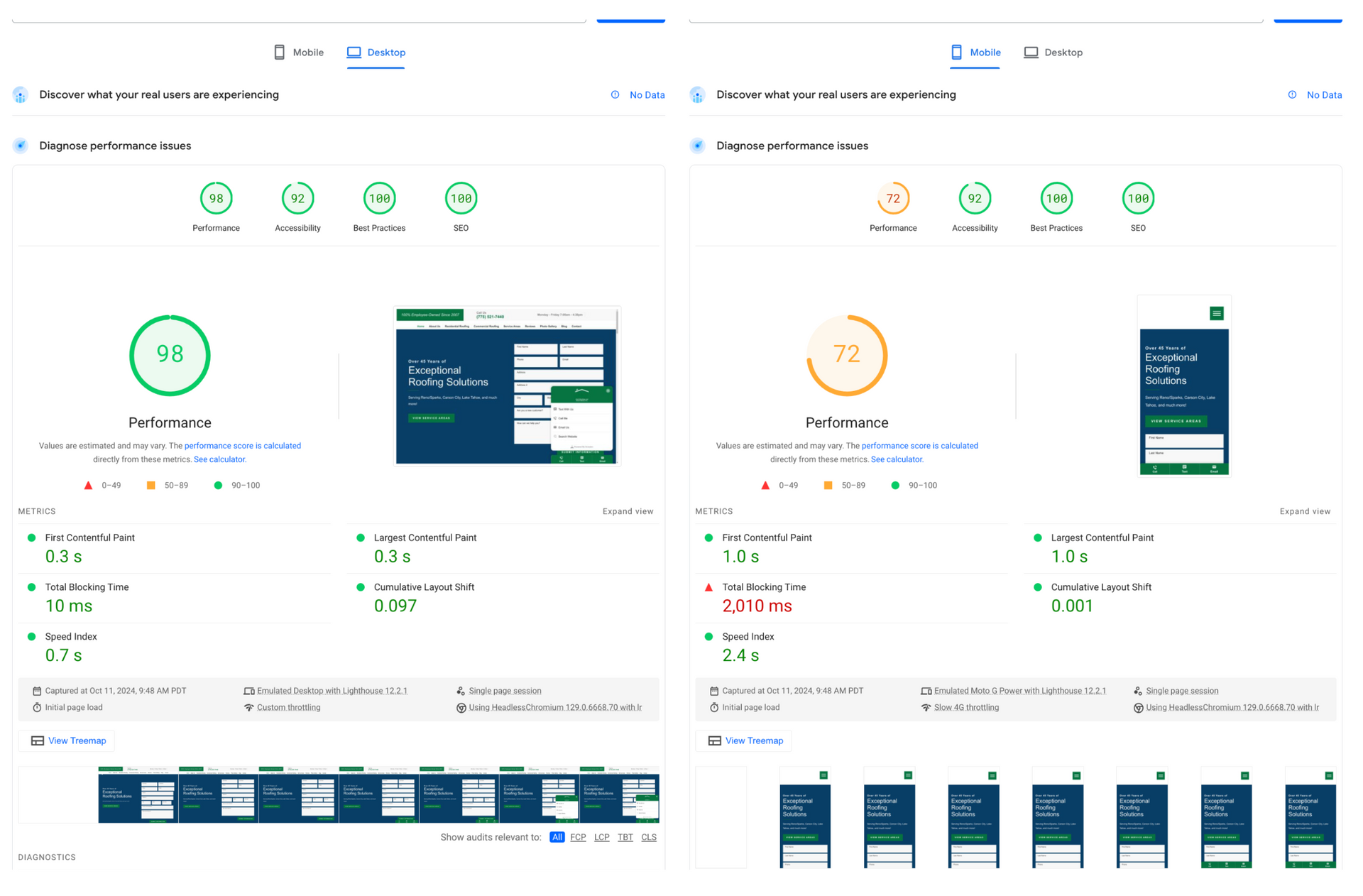
Source: Statista
The Mysterious Case of Google Ads' Rising Floor Price and costing you more per click
Think of Google like a landlord—and your ads are renting space. Just like landlords can raise the rent when the neighborhood gets hotter, Google’s been raising the floor price for keywords. This “floor price” is the minimum you have to pay just to get your ad in front of potential customers.
And why are they doing this? Well, there's been a lot of chatter in the industry—Google is feeling the heat with recent antitrust lawsuits and wants to maximize its ad revenue while they still have the market cornered. According to reports from the DOJ's ongoing antitrust trial against Google, the tech giant has been accused of manipulating ad pricing to maintain a competitive edge in the advertising market.
Impact of Floor Price Increases on Google Ads Types
With Google raising the “floor price” for keywords, all types of Google Ads are feeling the impact. Here’s how each ad type is affected by these increases:
- Google CPC Ads (Cost-Per-Click Ads): Since CPC ads are based on bidding for specific keywords, any increase in the floor price means higher costs per click. This can quickly add up, especially for competitive keywords, leading to a higher overall ad spend just to maintain visibility. Businesses that rely on CPC ads will need to adjust their bidding strategies or consider less competitive keywords to stay within budget.
- Google Smart Campaigns: Smart Campaigns are designed to automate keyword selection and bidding, but the increased floor price still affects the overall cost of these campaigns. Since Google is in control of the bidding, businesses may notice higher charges per click or a reduction in the number of impressions they receive without increasing their budget. The convenience of automation may come at a higher price as the floor prices rise.
- Google Local Service Ads: Local Service Ads are charged per lead, not per click, but the increased floor price can still influence the cost of generating those leads. As competition increases and more businesses opt for Local Service Ads, Google may raise the minimum cost per lead. This means that service providers might find themselves paying more for each qualified lead, affecting their return on investment.
Links to Google Anti-Trust Articles:
HKLaw,
Economic Liberties,
USDOJ,
NY Times,
CNBC.
Increased Competition = Higher CPC Costs
As more home service companies go online, the demand for Google Ads has skyrocketed. It’s like a digital gold rush—everyone is scrambling for a piece of the action. As a result, those ad spaces have become more competitive, which inevitably drives up the cost per click.
Think about it: when more businesses are competing for the same keywords, Google’s auction-based pricing means only the highest bidders get the prime spots. That means if a new HVAC company, plumbing startup, or general contractor decides to get aggressive with their ads, it pushes up the price for everyone involved. Each business is not only trying to reach customers but also trying to outshine their competitors by spending more, which has resulted in a noticeable spike in CPC.
One main reason for this increase is that many new businesses do their homework. They research their competitors’ budgets and strategies, and in an attempt to win the auction, they end up spending more—causing a chain reaction that raises CPC for everyone in the industry. It's a cycle of “who can bid higher,” and ultimately, that ends up costing all of us more per click.
Impact of Increased Competition on CPC Costs
With increased competition among home service companies, the cost per click (CPC) has been on the rise. Here’s how each ad type is impacted by higher CPC costs:
- Google CPC Ads (Cost-Per-Click Ads): Increased competition for keywords directly drives up the cost per click, as more businesses bid for the same keywords. This means that in industries like HVAC, plumbing, or general contracting, companies may need to allocate higher budgets just to maintain visibility. The auction-based pricing means that only the highest bidders will secure the prime spots, which can create a cycle of escalating bids, ultimately leading to increased ad spend for everyone involved.
- Google Smart Campaigns: Smart Campaigns also feel the impact of increased competition but not nearly enough as long as your Google Business Profile has the correct services, products, and service listed and updated. Businesses using Smart Campaigns may notice a decrease in the number of impressions or clicks they receive unless they are willing to increase their budget. The simplicity of Smart Campaigns comes with a cost—more competition means Google automatically adjusts bids higher to stay competitive. You'll have to monitor the number of clicks with your budget on a weekly basis to remain competitive.
- Google Local Service Ads:
Local Service Ads are less impacted by increased CPC costs since they are billed per lead rather than per click. However, as more service providers enter the market and compete for the same leads, the cost per lead is likely to increase. Businesses may find themselves paying more for each lead, especially in highly competitive service areas. The increased competition can also make it harder for smaller businesses to keep up with the rising costs, impacting their ability to generate leads affordably.
Google Ads Platform has become more Detailed but more Difficult to Use
New Look Complicates Your Ad Creation
If you’ve logged into Google Ads recently, you might have noticed it has a shiny new look—but that doesn’t mean it’s easy to use. Google has made changes that, quite frankly, make it harder for small businesses to set up campaigns properly.
How to grow with or without Google Ads
Google Ads can be a powerful tool, but if your marketing strategy starts and ends with paid ads, you’re missing the bigger picture. Here's a secret—sometimes, you need to get scrappy.
1. Optimize Your Website for Conversions
It’s not enough just to have traffic—you need a website that turns visitors into customers. Make sure your site loads fast (nobody waits for a slow website in 2024) and is easy for people to navigate. Make sure they can call you or fill out a form quickly—the fewer hoops, the better. If Google Ads are the bait, your website is the hook, and a rusty hook doesn’t catch fish.
Here's how to test your own website speed, go to
https://pagespeed.web.dev/ and paste in your website's home page. If your mobile score is below 55, your website is slower than your 98-year-old grandma in a 40-yard dash. If your desktop overall score is less than 90 then you'll likely never rank or convert anyone.
2. Be Active on Social Media
Don’t ignore social media. It’s free, effective, and can link directly to your website. Post about your latest project, show some before-and-after shots, share customer testimonials—and include a link to your website. If people like what they see, they’re just a click away from becoming your next customer. Even if they don't need your service, maybe they mention it to a family member or friend, or better yet, share the link. True marketing is being seen everywhere and then doubling down on the platforms and type of marketing that work the best.
3. Chase Big Commercial Projects
Do you want bigger jobs? You have to go after them. Make outbound inquiries for bids on those huge commercial projects. Sit down, make some phone calls, send some emails—even show up in person to talk to decision-makers. Our best clients take pictures of the businesses they use for commercial and personal consumption, then retarget them, saying, "I was shopping here last week with my wife and noticed...." Putting in the effort now can mean fewer pennies thrown at Google for clicks later.
4. When in Doubt, Knock on Doors
Sometimes, things get slow. And when that happens, it’s time to go old school. Knock on some doors with a small handout. If you get a job done, walk the neighborhood after you're done for a few minutes. Waiting for leads to come in is not how you dominate a market. Offer people free inspections or estimates. Google doesn’t need to be in the driver’s seat whenever you need new business.
Sometimes, it’s just about showing up. Plus, if people search your business name on Google, your website gets branded traffic, and your authority and ranking climb. Google wants you to pay for ads, but they also want to see you out in the field, getting people to research you and gain more reviews online. Google wants data!
5. Get 5-Star Reviews
If you’re not getting 5-star reviews, that's on you. We can help you generate reviews with QR codes on cards, flyers, and your website. We can send emails with links, but you must deliver top-notch service and ask customers for feedback. Remember—reviews are gold for your online reputation. If potential customers see those stars stacking up, they’re more likely to choose you without needing an ad to push them in your direction. And if you think people will call your ad when you have no reviews, bad reviews, or far less than your competitors, you may have fallen off your ladder one too many times.
If you're getting bad reviews, use them as an opportunity to learn and improve. Nobody wants to hear about service delays or shoddy workmanship—primarily not online. Consider calling the people back and trying to find a way where you can fix their opinion about you and change the review to 5 stars. Fix your customer service and work quality, and those reviews will start looking shinier.
Closing Thoughts: Ads Are a Tool, Not a Crutch
In the end, Google Ads is one part of a larger toolkit. Sure, costs are rising—the "floor price" is up, and the new platform is a challenge—but don’t let that stop you from succeeding. Diversify your efforts. Optimize your website, get active on social media, chase those big projects, and don’t be afraid to knock on a few doors.
If you want to learn more about how to make your marketing dollars go further or how to get more 5-star reviews without burning a hole through your wallet, reach out to us at Talents Into Profits. We’re here to help you navigate this tricky digital landscape and make your business shine.
Example:
Joe’s Roofing isn’t in the top 3 of Google Maps, and their website is on pages 2-4 for local Sparks NV and Reno NV roofing because their site is not optimized. Its mobile and desktop speed is far slower than that of its competitor DD Roofing, which has…
Automated Ad Recommendations are killing your Google Ads ROI
The platform is pushing a lot more automated ad suggestions these days. It might be tempting to let Google handle the hard stuff for you, but here’s the catch: it often results in junk keywords that burn through your budget without delivering buyer intent clicks or even clicks that are related to your core service you are trying to advertise for.
Let's go over some "keyword examples" of how automated keyword additions can hurt your business.
Gutter example: Let's say your want to run ads specifically for gutter installation keywords. However, because your website and business profiles mention gutter cleaning as well, Google's automated ad suggestions might throw in keywords like 'gutter cleaning near me.' Worse yet, it might add keywords like '5" gutters,' which are commonly available at big box stores like Home Depot or Lowe's. These keywords don't align with your primary service offering or can be related to those big box retailers to buy the products and install it themselves. This is why Gutter companies have to check their Google Ads keywords and negative keywords everyday.
Roofer example: If you're running a Google Ads campaign specifically targeting 'shingle roofing installation.' Google sees your site mentions both metal roofing and shingle roofing, Google's automated suggestions might add keywords like 'metal roofing installation.' Even worse, if you're focusing on roof replacements, it might add 'roof repair' keywords, which could lead to clicks from people who aren't looking for a full replacement. These irrelevant keywords can waste your budget on services you aren't primarily advertising for. Again, if you're a roofing company doing Google Ads, check those keywords daily.
HVAC example: If you're running a Google Ads campaign specifically targeting 'new HVAC system installation.' Because your website mentions both new installations and repairs, Google's automated suggestions might add keywords like 'HVAC repair near me.' This is a problem if you're not focused on repairs—clicks from customers needing a quick repair job won't bring you the leads you're looking for. Even worse, Google might add keywords related to older HVAC models or components you don’t install, causing your ad spend to target the wrong audience. Always keep an eye on those automated suggestions to ensure your budget is being spent wisely.
Plumber example: Imagine you're running a Google Ads campaign specifically targeting 'bathroom plumbing remodeling' or 'ADU plumbing installation.' Because your website also mentions repair services, Google's automated suggestions might start adding keywords like 'plumbing repair near me.' If you’re not focused on repairs, this can lead to clicks from people needing minor fixes rather than full remodels or installations. Google might also add keywords related to emergency plumbing, which can quickly drain your budget without delivering the higher-value leads you want. Keep an eye on those automated keyword suggestions to make sure your ads are bringing in the right kind of customers.
Restoration example: Suppose you're running a Google Ads campaign specifically targeting 'commercial water restoration.' Because your website mentions both residential and commercial services, Google's automated suggestions might start adding keywords like 'residential water restoration' or 'water damage repair.' If your goal is to land big commercial projects, these small residential inquiries and repair jobs are not what you’re aiming for. The result? Your budget gets spent on clicks that don’t convert into high-value leads, making it harder to secure those larger, more profitable jobs. Always keep an eye on the automated keyword suggestions to ensure your campaign is attracting the right audience.
So, if you’ve hit that “Add Automated Suggestions” checkbox and seen your budget disappear faster than a plate of donuts at a job site—that’s why. Those automated tweaks might be adding irrelevant keywords that don't bring you qualified customers, making each click cost more and more.
Need Help with your Marketing?
We promise there are no hard sells, just facts, and see if we're a good fit for future growth moving forward.



